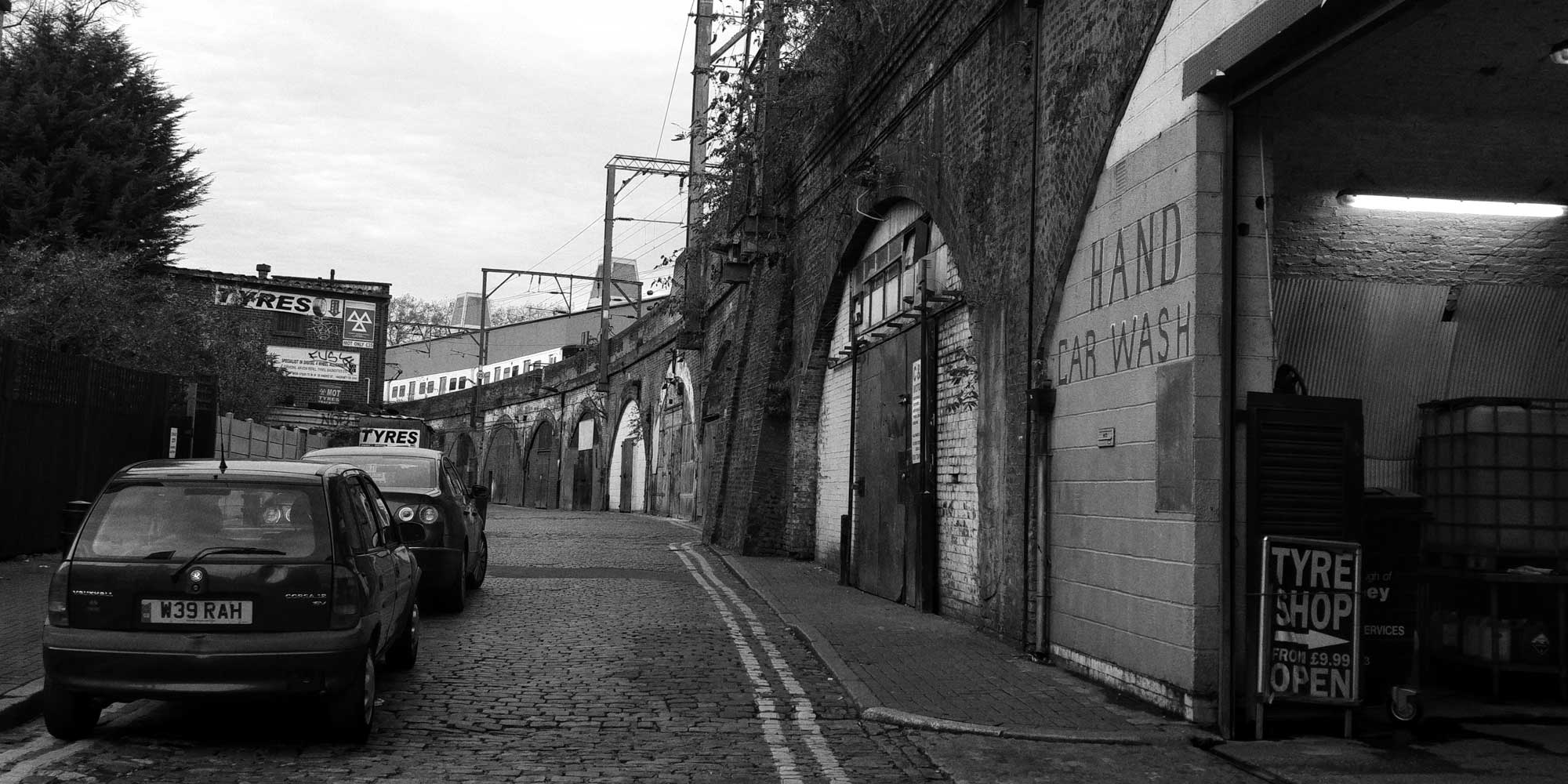Monday, 24 August, 2020
Considering my goal to explore what’s close to me, I made a list of possible walks and places to see within a kilometre or two. When Krish asked me if I wanted to go on a walk, I told him I’d been wanting to revisit the German Hospital and Fassett Square.
They are actually really close by and have always been some of my favourite things in my part of this borough. So off we went.




There’s a lot of complicated history to the German Hospital. It was founded in 1845 primarily to treat poor German-speaking immigrants in the East End. The Hospital occupied three houses converted from the Dalston Infant Orphan Asylum, and had 12 beds. When the North London railway came through the area, the hospital and its garden were separated so the governors built a new building in the garden. It opened in 1864. It now had 100 beds. By 1890 there were 142 beds, a new Sisters’ House was added in 1911 and a third block in 1912.
The nursing care provided by the Protestant Deaconesses inspired Florence Nightingale to visit the German Hospital twice before enrolling for three months’ training at the parent Institute for Protestant Deaconesses in Kaiserwerth, Germany.
The two world wars made things more complex for the institution. During WW1 there were strong anti-German feelings while the staff remained there. In 1931 the hospital had 161 beds and a new wing was built (now Bruno House) for maternity and children’s wards. This brought the bed total to 192. During WW2 things got more serious. Dr Otto Bernhard Bode, the head of the hospital in the 1930s, was a member of the Nazi party. All the German staff were arrested and interned as enemy aliens. English staff now took over.
After the war, in 1948 the NHS took over. There were now 217 beds. From 1974, it became a psychiatric and psychogeriatric Hospital, closing in 1987 when all of its services moved to Homerton Hospital.
The Grade II listed buildings were developed by Landmark Housing as affordable housing for those who earn less than £22,000 a year. I’ll take one!






I hope you like it as much as I do.
Just beyond the church is the former Hamburg Lutheran Church, now the Faith Tabernacle Church of God. It was built in 1876 in the German Gothic style and used by both staff and patients. The minister at the outbreak of WW2 was Revd. Schonberg, a fervent Nazi, who fled the country in 1939. It’s quite a lovely church.


Fassett Square is just a short walk away off the main Graham Road, which leads from Hackney Central to Dalston.


My main destination was Fassett Square. We hadn’t been there for quite a few years but it’s been on my mind to photograph.
Fassett Square is the Hackney square, built in the 1860s, which inspired BBC’s favourite soap, EastEnders. This is where they filmed the pilot. At that time this part of East London had been the scene of riots. Fassett Square was in a socially deprived downmarket Hackney postcode. The producer, Julie Smith, believed that the inherent problems of unemployment, bad housing, mixed races made television gold.
Although the soap opera seems to have shown its fictional Albert Square almost standing still in time, the actual Fassett Square has changed. It’s an affluent, well-preserved square with a charming garden at its centre. Socially deprived it’s not. Not any longer. It’s a peaceful and pretty spot off Graham Road, a road that’s seen as scruffy and somewhat dangerous.






Finally, at the bottom of the square, is another building that was once part of the German Hospital. Grade II listed Bruno Court was built in 1935-36 as an extension to the Hospital. This Modernist building, designed by Scottish architects Burnet Tait & Lorne, had a famous roof garden for convalescent patients. The new wing had nurses’ accommodation and a third-floor maternity ward with a delivery room. The fourth floor was the children’s ward, with a sun balcony onto which the beds could be wheeled running the whole length of the western side. It stands in contrast to the East End square.

I was an Environmental Health Officer in Hackney. I visited the German Hospital as it had a very bad infestation of cockroaches. While there I was shown a letter from Bismark , in his own hand, he would not trust secretaries, sending his best wishes.
How interesting, John. Do you still live in Hackney? I love the hospital building but I never saw it before its conversion. Thanks for reading!
Hello Janice,
I was born at the Mother’s Hospital but lived in Leyton as a child. I now live in Woodford. Bismark had the most interesting handwriting it was very spiky. I worked for Hackney Council for 15 years Paul Whitehouse was in the admin office.
Very interesting, John. I was born at Bethnal Green Hospital myself but have been in Hackney since 2002. How cool that you still remember Bismarck’s handwriting – it must have impressed you quite a bit.